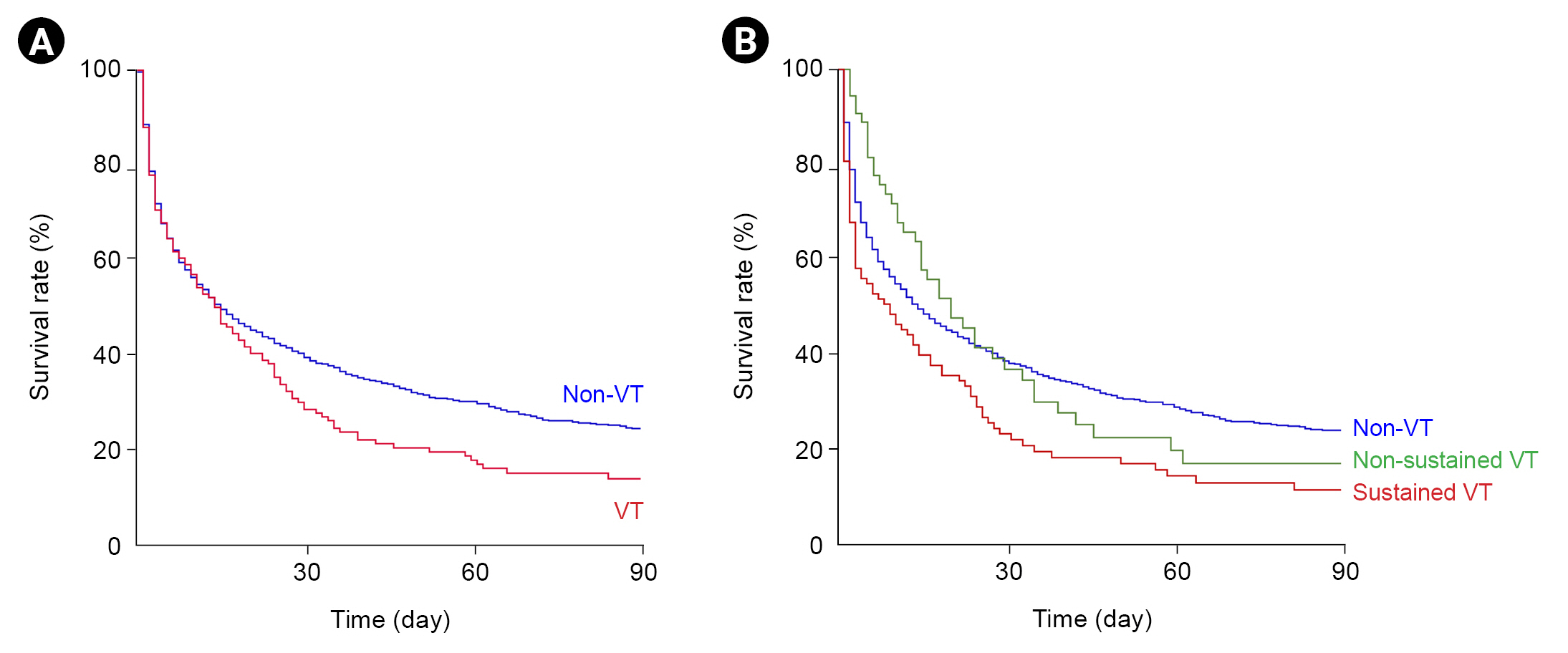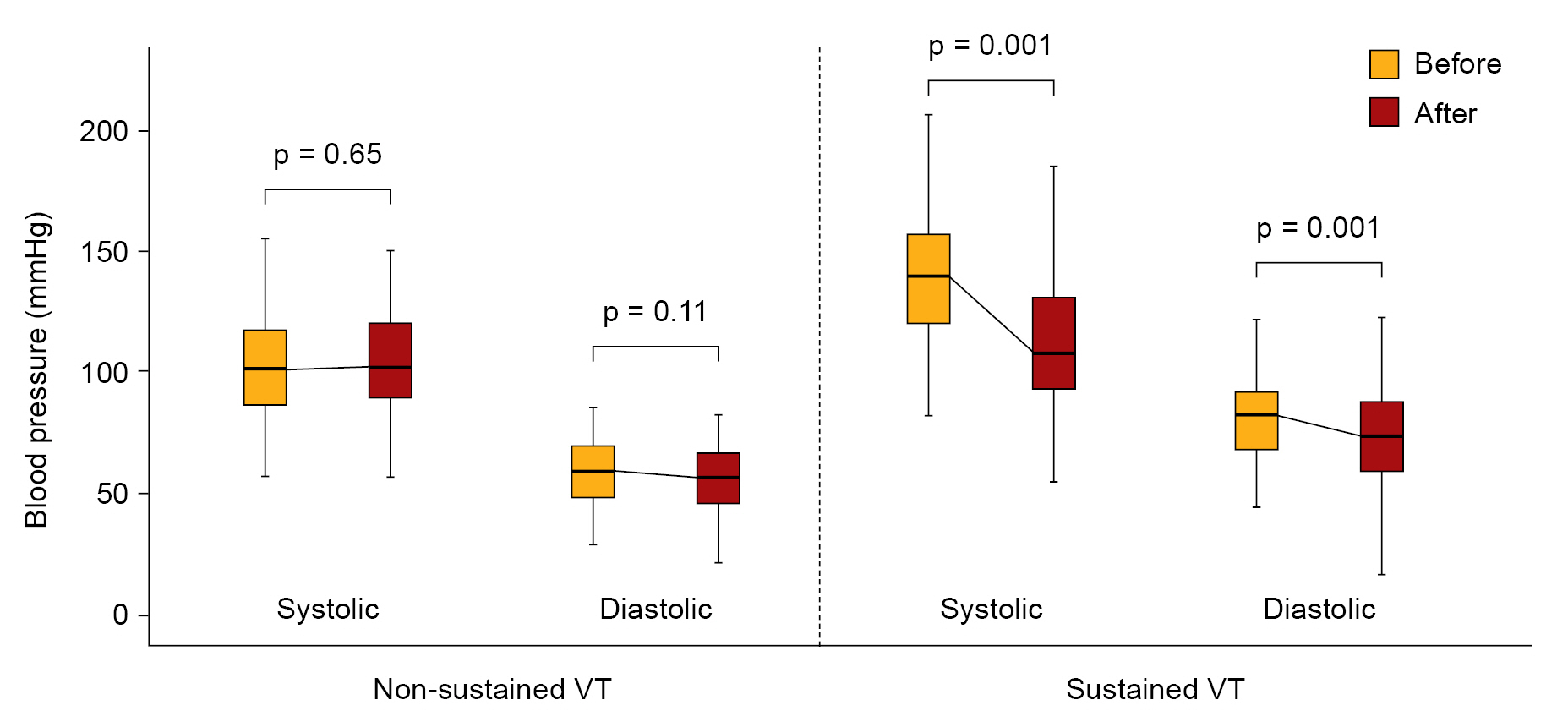1. Liangos O, Wald R, O’Bell JW, Price L, Pereira BJ, Jaber BL. Epidemiology and outcomes of acute renal failure in hospitalized patients: a national survey.
Clin J Am Soc Nephrol 2006;1:43–51.

2. Uchino S, Kellum JA, Bellomo R, et al. Acute renal failure in critically ill patients: a multinational, multicenter study.
JAMA 2005;294:813–818.


3. Joannidis M, Metnitz B, Bauer P, et al. Acute kidney injury in critically ill patients classified by AKIN versus RIFLE using the SAPS 3 database.
Intensive Care Med 2009;35:1692–1702.



4. Truche AS, Darmon M, Bailly S, et al. Continuous renal replacement therapy versus intermittent hemodialysis in intensive care patients: impact on mortality and renal recovery.
Intensive Care Med 2016;42:1408–1417.



5. Davenport A, Will EJ, Davidson AM. Improved cardiovascular stability during continuous modes of renal replacement therapy in critically ill patients with acute hepatic and renal failure.
Crit Care Med 1993;21:328–338.


6. Uchino S, Bellomo R, Morimatsu H, et al. Continuous renal replacement therapy: a worldwide practice survey.
Intensive Care Med 2007;33:1563–1570.



7. Vats HS, Dart RA, Okon TR, Liang H, Paganini EP. Does early initiation of continuous renal replacement therapy affect outcome: experience in a tertiary care center.
Ren Fail 2011;33:698–706.


8. Santiago MJ, López-Herce J, Urbano J, et al. Complications of continuous renal replacement therapy in critically ill children: a prospective observational evaluation study.
Crit Care 2009;13:R184.



9. Akhoundi A, Singh B, Vela M, et al. Incidence of adverse events during continuous renal replacement therapy.
Blood Purif 2015;39:333–339.



10. Balogun RA, Turgut F, Caldwell S, Abdel-Rahman EM. Regional citrate anticoagulation in critically ill patients with liver and kidney failure.
J Nephrol 2012;25:113–119.


11. Shawwa K, Kompotiatis P, Bobart SA, et al. New-onset atrial fibrillation in patients with acute kidney injury on continuous renal replacement therapy.
J Crit Care 2021;62:157–163.


12. Koplan BA, Stevenson WG. Ventricular tachycardia and sudden cardiac death.
Mayo Clin Proc 2009;84:289–297.



13. Herzog CA, Mangrum JM, Passman R. Sudden cardiac death and dialysis patients.
Semin Dial 2008;21:300–307.

14. Slessarev M, Salerno F, Ball IM, McIntyre CW. Continuous renal replacement therapy is associated with acute cardiac stunning in critically ill patients.
Hemodial Int 2019;23:325–332.



15. Knaus WA, Draper EA, Wagner DP, Zimmerman JE. APACHE II: a severity of disease classification system.
Crit Care Med 1985;13:818–829.


16. Sundararajan V, Henderson T, Perry C, Muggivan A, Quan H, Ghali WA. New ICD-10 version of the Charlson comorbidity index predicted in-hospital mortality.
J Clin Epidemiol 2004;57:1288–1294.


17. Jones AE, Trzeciak S, Kline JA. The sequential organ failure assessment score for predicting outcome in patients with severe sepsis and evidence of hypoperfusion at the time of emergency department presentation.
Crit Care Med 2009;37:1649–1654.



18. Zipes DP, Libby P, Bonow RO, Braunwald E. Braunwald’s Heart disease: a textbook of cardiovascular medicine. 7th ed. Saunders; 2004.
19. Overgaard CB, Dzavík V. Inotropes and vasopressors: review of physiology and clinical use in cardiovascular disease.
Circulation 2008;118:1047–1056.


20. Tisdale JE, Patel RV, Webb CR, Borzak S, Zarowitz BJ. Proarrhythmic effects of intravenous vasopressors.
Ann Pharmacother 1995;29:269–281.



21. Niwano S, Tojo T. Systemic acidosis in acute myocardial ischemia: cause or result of life-threateningventricular arrhythmia?
Circ J 2010;74:1794–1795.


22. Crampin EJ, Smith NP. A dynamic model of excitation-contraction coupling during acidosis in cardiac ventricular myocytes.
Biophys J 2006;90:3074–3090.



23. Crampin EJ, Smith NP, Langham AE, Clayton RH, Orchard CH. Acidosis in models of cardiac ventricular myocytes.
Philos Trans A Math Phys Eng Sci 2006;364:1171–1186.



24. Nagai T, Anzai T, Kaneko H, et al. Impact of systemic acidosis on the development of malignant ventricular arrhythmias after reperfusion therapy for ST-elevation myocardial infarction.
Circ J 2010;74:1808–1814.


25. Colombo MG, Kirchberger I, Amann U, Dinser L, Meisinger C. Association of serum potassium concentration with mortality and ventricular arrhythmias in patients with acute myocardial infarction: a systematic review and meta-analysis.
Eur J Prev Cardiol 2018;25:576–595.



26. Schupp T, Behnes M, Zworowsky MV, et al. Hypokalemia but not hyperkalemia is associated with recurrences of ventricular tachyarrhythmias in ICD recipients.
Clin Lab 2020 Mar 1 [Epub]. DOI:
10.7754/clin.lab.2019.190645.

27. Tazmini K, Frisk M, Lewalle A, et al. Hypokalemia promotes arrhythmia by distinct mechanisms in atrial and ventricular myocytes.
Circ Res 2020;126:889–906.



28. Weiss JN, Qu Z, Shivkumar K. Electrophysiology of hypokalemia and hyperkalemia.
Circ Arrhythm Electrophysiol 2017;10:e004667.



30. Lukas A, Antzelevitch C. Phase 2 reentry as a mechanism of initiation of circus movement reentry in canine epicardium exposed to simulated ischemia.
Cardiovasc Res 1996;32:593–603.


31. Albino BB, Balbi AL, Abrão JM, Ponce D. Dialysis complications in acute kidney injury patients treated with prolonged intermittent renal replacement therapy sessions lasting 10 versus 6 hours: results of a randomized clinical trial.
Artif Organs 2015;39:423–431.


32. Yang Y, Zhang P, Cui Y, et al. Hypophosphatemia during continuous veno-venous hemofiltration is associated with mortality in critically ill patients with acute kidney injury.
Crit Care 2013;17:R205.



33. Ratanarat R, Brendolan A, Volker G, et al. Phosphate kinetics during different dialysis modalities.
Blood Purif 2005;23:83–90.



35. Lim C, Tan HK, Kaushik M. Hypophosphatemia in critically ill patients with acute kidney injury treated with hemodialysis is associated with adverse events.
Clin Kidney J 2017;10:341–347.



36. Cheema AN, Sheu K, Parker M, Kadish AH, Goldberger JJ. Nonsustained ventricular tachycardia in the setting of acute myocardial infarction: tachycardia characteristics and their prognostic implications. Circulation 1998;98:2030–2036.
37. Katritsis DG, Zareba W, Camm AJ. Nonsustained ventricular tachycardia.
J Am Coll Cardiol 2012;60:1993–2004.


38. Sadjadieh G, Sajadieh A. Prognosis after finding incidental ventricular tachycardia on ambulatory electrocardiogram-recording.
Am J Cardiol 2021;150:60–64.






















 PDF Links
PDF Links PubReader
PubReader ePub Link
ePub Link Full text via DOI
Full text via DOI Download Citation
Download Citation Print
Print















